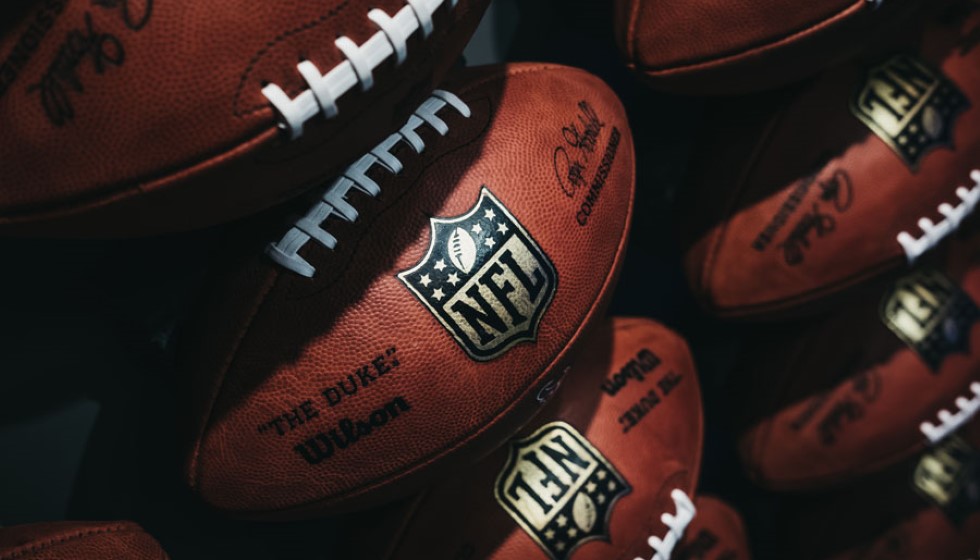
The Evolution of NFL Uniform Partnerships: A New Chapter Begins
The NFL is on the brink of a significant decision that will reshape the visual landscape of American football. As the league's current uniform deal with Nike approaches its 2027 conclusion, the bidding process for the next contract is officially underway. This decision will not only influence team appearances on the field but will also have wide-ranging implications for branding, business strategies, and fan engagement.
A Decade with Nike
Nike has been synonymous with NFL uniforms since 2012, assuming the role of the league's official outfitter after taking the baton from Reebok. This transition marked a shift in how the NFL approached its apparel strategy, transitioning from individually brokered deals with various brands such as Adidas, Logo, Puma, and Starter, to a unified agreement that underscored the significance of brand consistency and commercial strength.
Under Nike's stewardship, the NFL has seen innovative changes in uniform designs, including the integration of up to three distinct helmet styles per contract terms. This flexibility has allowed teams to explore unique and diverse aesthetic avenues, which in turn has kept fan bases engaged and merchandise sales robust. Most recently, the Denver Broncos and Houston Texans undertook significant uniform redesigns, capturing public attention and sparking discussions about team identity and tradition.
A Competitive Bidding Process
The open and active bidding process for the new apparel deal invites a myriad of potential suitors, each eager to leave its mark on sports' most commercially lucrative league. The NFL's choice of uniform manufacturer is not merely a matter of design and aesthetics; it involves making a decision that impacts the commercial synergy and revenue streams linked to team merchandise. This has become an integral element of the NFL's broader commercial strategy.
As brands vye for this prestigious partnership, the bidding process is expected to be rigorous and detail-oriented. Suppliers will need not only to present innovative design concepts but also to demonstrate capabilities in large-scale production and global distribution. Moreover, they must align with the NFL’s evolving market strategy, which increasingly emphasizes digital integration, sustainability in design, and fans' growing desire for unique merchandise offerings.
Impact on Sports Culture and Business Strategy
Deciding on the next uniform deal is more than just a commercial transaction; it is a decision that could redefine aspects of sports culture. Uniforms serve as a canvas for team stories, historical legacies, and regional identities. They are also primary vehicles for fan expression and loyalty. For businesses and marketers, this deal presents a channel for introducing fresh narratives and evolving team iconographies while also looking to future developments in apparel technology and fan participation.
The NFL has always maintained a keen eye on integrating business strategies with fan engagement. Consequently, any new uniform deal will likely be scrutinized for how it balances tradition with innovation, ensuring that longstanding fans feel acknowledged while also capturing the imaginations of new audiences. The right partnership can lead to a transformative period in the league's outfitting history, providing fans with merchandise that not only commemorates past achievements but heralds new beginnings.
Looking Ahead
As the countdown to a new era of NFL uniforms progresses, stakeholders across the league, from players to fans to commercial partners, will be paying close attention to how the narrative unfolds. Will Nike continue its decade-plus run with the NFL, or will another contender seize this golden opportunity to redefine the aesthetic and commercial elements of America's favorite sport? The process promises to be an intriguing aspect of the NFL's offseason narrative, blending competition with creativity and strategy with tradition.
Ultimately, this evolution in apparel partnerships is an embodiment of how sports leagues are constantly adapting to changing business landscapes and consumer expectations, ensuring they remain both beautifully poised in the present and robustly prepared for the future.